Dear Brothers and Sisters,
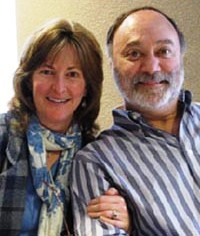 Recently I began a series here on the topic of Christmas. This annual celebration of Jesus’ birth is an important reminder of the hope we have because God became flesh. In adding our humanity to his divinity, the Son of God became Immanuel—God with us, as one of us. And so shall he ever be.
Recently I began a series here on the topic of Christmas. This annual celebration of Jesus’ birth is an important reminder of the hope we have because God became flesh. In adding our humanity to his divinity, the Son of God became Immanuel—God with us, as one of us. And so shall he ever be.
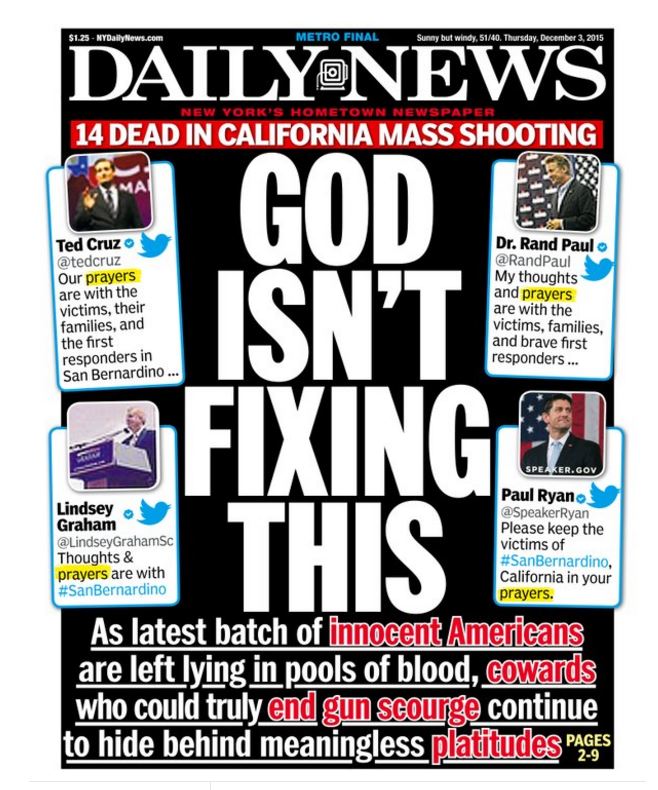
The events last week in San Bernardino, California, were a shocking reminder of how much we need the hope only God provides. In a mass shooting just a few miles from our GCI home office, two terrorists murdered 14 people and wounded over 20 more. Many leaders, including U.S. President Obama, extended sympathy and called for prayer. As Karl Barth is credited with saying, “To clasp the hands in prayer is the beginning of an uprising against the disorder of the world.” But the New York Daily News thinks otherwise. In its December 3 edition (pictured at left) the newspaper mocked the idea of prayer, implying that it is a naive substitute for concrete action to “fix” the problem of terrorism.
I won’t take time to deconstruct that ludicrous assertion, other than to note that it ignores the profound reality that God has a plan to bring evil to a conclusive end. Christmas powerfully highlights a vital step in that unfolding plan.
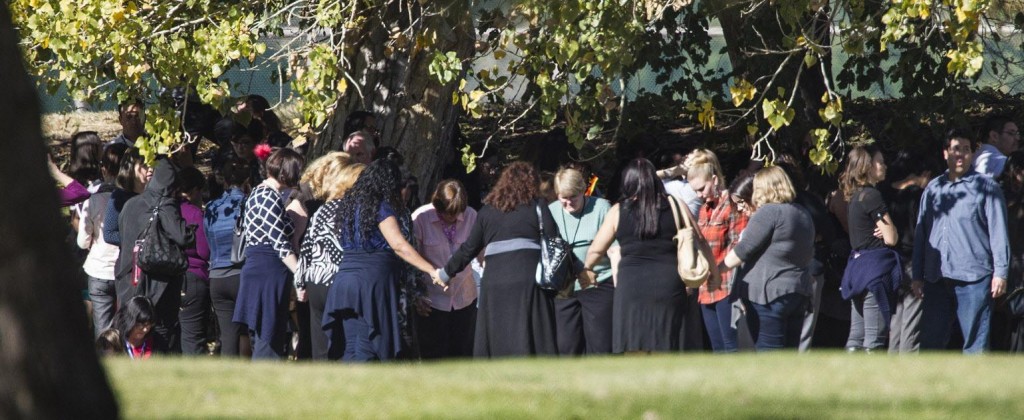
God’s plan to conquer evil
Before beginning his work of creation, God knew that humanity would go astray. So he appointed a moment in history—what the apostle Paul refers to as the fullness of time—when the Word of God would become flesh and a new creation would commence with the unfolding of the kingdom of God. We now live in the time of that unfolding, between Jesus’ birth (his “first coming”) and his promised return in glory (his “second coming”). During that time, though the kingdom is present, it is veiled, and evil continues, causing much suffering and tears.
In his book, The Apocalypse Today: Sermons on Revelation (1960), Thomas F. Torrance, alluding to Luke 17:20-25, puts it this way:
We must think of the kingdom of God as having entered our world in the life and death of Jesus and as veiled in history. It is concealed behind the forms and fashions of this sinful world, so that we are unable to see it directly or immediately. The kingdom of God does not come with observation—not yet. Look out upon the history of these two thousand years culminating in two world wars of unheard-of magnitude and disaster. It is impossible to say, “Lo, here is the kingdom of God! Lo, there!” You cannot trace the lines of the pattern of the kingdom of God by inspecting the course of history. But in the Spirit on the Lord’s Day you can see, in spite of all that declares against it, that the kingdom of God has already broken into our midst and is already at work amongst us. (p. 13)
Because the Son of God became the Son of Man, the kingdom of God is present among us and at work. Because that is so, as Torrance notes, the Apocalypse (meaning “revealing”) has, in one sense, already occurred. Already, history has been invaded and conquered by the Lamb of God. Torrance elaborates:
Apocalypse means the tearing aside of the veil of sense and time to reveal the decisive conquest of organic evil by the incarnate Son of God. Apocalypse means the unveiling of the new creation as yet hidden from our eyes behind the ugly shape of sinful history. There is to be a new creation which is the out-working of the Cross in the teeth of all the principalities and powers of darkness. In the advent presence of Christ there is to be a new heaven and new earth. No doubt we are unable by mere outward inspection to trace the lineaments of the kingdom of God in history, but it is nevertheless a fact that even now God governs and orders the course of the world. When Christ himself comes, as come again he will, we shall see with our eyes that which we see now only by faith. (pp. 12-13)
When the Prince of Peace returns to earth bodily, everything will undergo a final, conclusive change. But until that time, we experience the tensions and conflicts of sin. Though we no longer are of the world, we remain in the world, and as a result we suffer as Christ suffered, even while we experience the hope and joy of being a citizen of his already-present kingdom. As Jesus said, “In the world you will have tribulation, but be of good cheer, I have overcome the world.” With these gospel truths clearly in mind, our celebration of Christmas has profound meaning.
When should we celebrate?
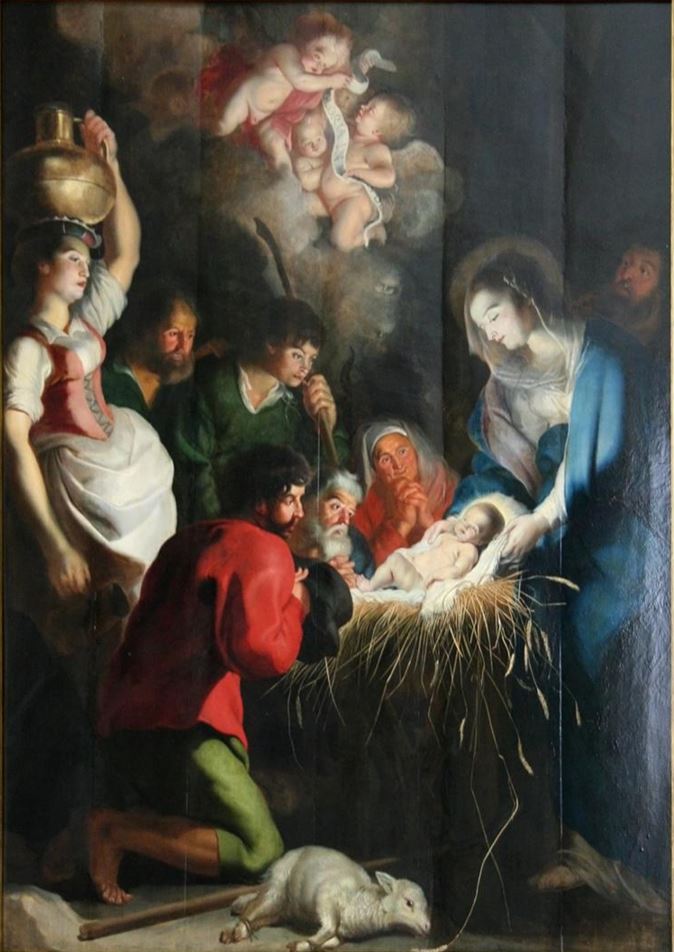
(public domain via WikiArt)
Speaking of celebrating Christmas, some say December 25 is not the right time. But let me comment on the idea of “right time.” Recently I joined in celebrating a friend’s birthday. Because of schedule conflicts, the party was held several days after the actual birth date. I know many couples who have celebrated wedding anniversaries months before or after the actual date. In my own family, we’ve celebrated significant dates both early and late. But this timing has never taken away from the significance of the event itself or detracted from the joy of the celebration.
It’s not uncommon to celebrate the birth of famous people on a day other than the actual birth date. Though born on April 21, the Queen of England’s birthday is celebrated on June 17. In America, we celebrate the births of presidents Abraham Lincoln and George Washington on February 18, though Lincoln was born on the 12th and Washington on the 22nd. Though Dr. Martin Luther King, Jr. was born on January 15, we celebrate his birth around the 21st.
There’s an interesting symmetry in not knowing the precise dates of Jesus’ first or second comings. Certainly it’s not necessary to know the exact day he was born in order to celebrate Jesus’ birth with great joy on December 25 (as is done in the Western Christian church). However, I want to note that there is substantial evidence that Jesus was born in the winter, and very possibly on December 25. Dr. Harold W. Hoehner (Dallas Theological Seminary professor and expert on biblical chronology) wrote this:
It is clear that Christ was born before Herod the Great’s death and after the census. In looking at the birth narratives of Matthew and Luke one would need to conclude that Christ was born of Mary within a year or two of Herod’s death. In looking to some of the other chronological notations in the gospels, the evidence led to the conclusion that Christ was born in the winter of 5/4 B.C. Although the exact date of Christ’s birth cannot be known, either December, 5 B.C. or January, 4 B.C. is most reasonable. (Chronological Aspects of the Life of Christ, 1981, p. 27; for a longer quote, click here)
The idea that Jesus was born on December 25 dates back to as early as Hippolytus (A.D. 165-235). Luke 2:1-7 mentions a tax census ordered by Caesar Augustus. It’s likely that the census records were then stored in the civic archives in Rome. Cyril of Jerusalem (A.D. 348-386) requested that those records be reviewed and he reported the results: Jesus was born on December 25. Unfortunately, the records no longer exist, so we are unable to confirm that claim. In A.D. 386, Archbishop John Chrysostom also declared that Jesus was born on December 25 (though he offered no corroborating evidence). As a result of Chrysostom’s declaration, December 25 became the official date in the Western Christian church for celebrating Jesus’ birth (the Eastern church celebrates the birth on January 6, also in winter).
An objection often raised against celebrating Jesus’ birth in winter is the claim that in Palestine, sheep were usually taken into enclosures from November through March and thus would not have been out in the fields at night (as noted in Luke 2:8). But this argument is not as conclusive as it sounds, as we have noted in an article on our website at http://www.gci.org/jesus/whenborn.
We celebrate the event, not the day
Because we can’t know with certainty exactly when Jesus was born, many speculations have arisen. My personal favorite is that he was born on September 11 in 3 B.C., which was a new moon and Rosh Ha-Shanah (Jewish New Year). But such speculation is irrelevant, for a celebration is not the reality, but a sign that points to the reality in which we believe. The celebration (sign) of Jesus’ birth points to the stunning reality of the revelation in time and space (history) of the eternal Son of God in the person (flesh and blood) of Jesus of Nazareth. O, come let us adore him!
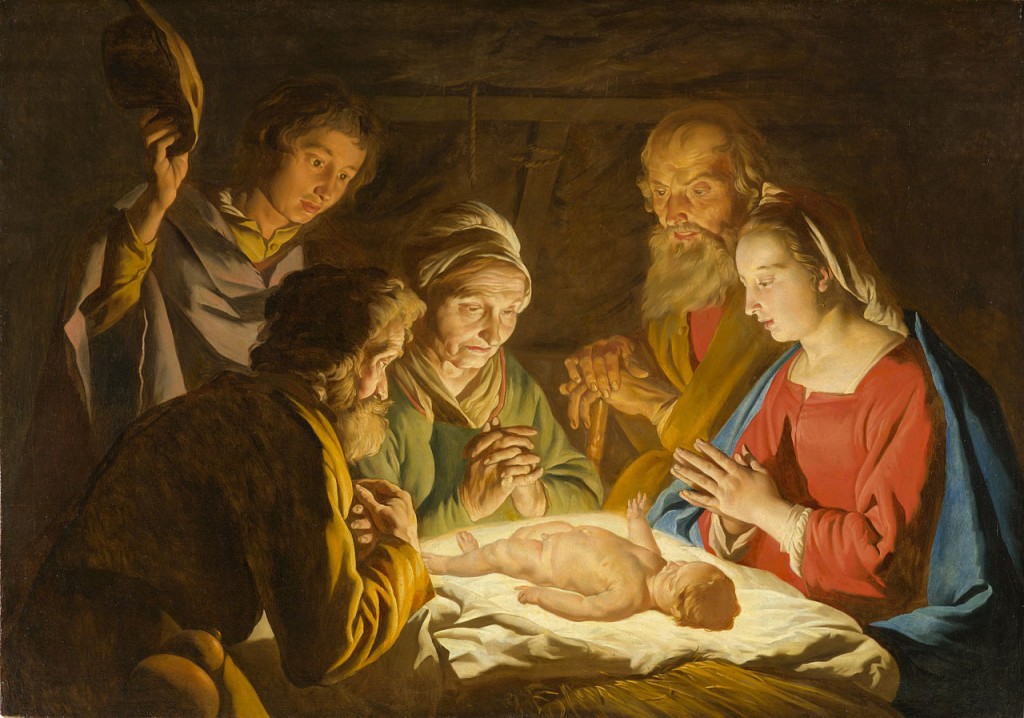
(public domain via Google Cultural Institute)
No matter what day Jesus was born, it was just the “right time.” Note Paul’s statement:
But when the fullness of time had come, God sent forth his Son, born of a woman, born under the law, to redeem those who were under the law, that we might receive the adoption as sons. (Galatians 4:4 ESV)
With the birth of Jesus in Bethlehem, God’s glorious plan of redemption began to unfold in time and space (history). In accordance with that plan, Jesus was born as a whole, complete human. It is the event of Jesus’ birth (the reality) that we celebrate—not the day. After all, we are Christians not astrologers!
That the Son of God became flesh (the Incarnation), and through his birth came into the world, is an event that not only fulfilled prophecy and the old covenant—it was the “event of all events” in determining our eternity. Regardless of the actual day of Jesus’ birth, we in Grace Communion International join the rest of Christianity in celebrating this great event each year. We do so on December 25 in accordance with the Western Christian worship calendar.
Looking forward to celebrating Christmas,
Joseph Tkach
P.S. For links to GCI articles on the topic of Christmas, go to http://www.gci.org/christmas/articles.
To read the other letters in my five-part series on Christmas, click on a number: 1, 2, 4, 5.



This is the first time that I have heard the time of Jesus birth explained. Thank you for making sense of the time of Christmas.
For a Touchstone Journal article about calculating Christmas, go to http://touchstonemag.com/archives/article.php?id=16-10-012-v#ixzz3IitT8JLU
Love what you say about Christmas so much.